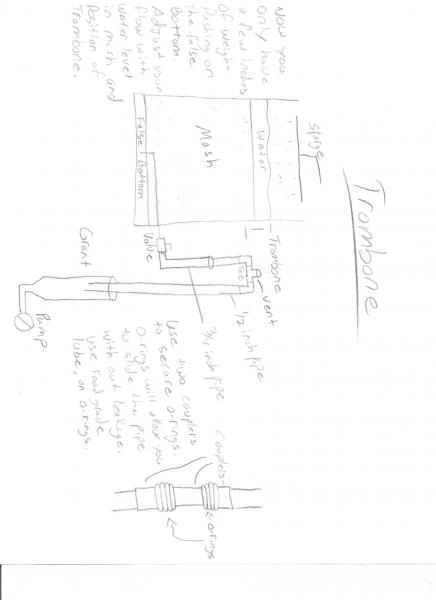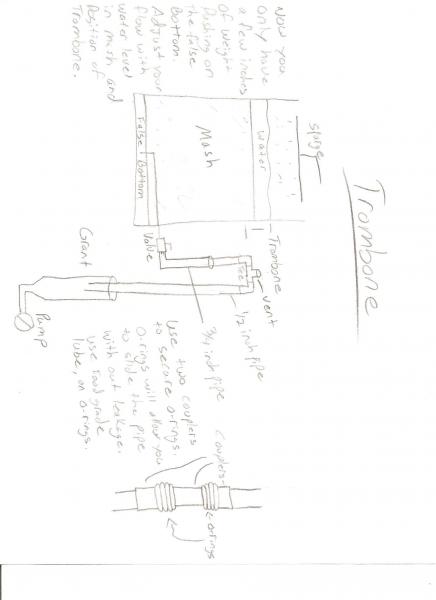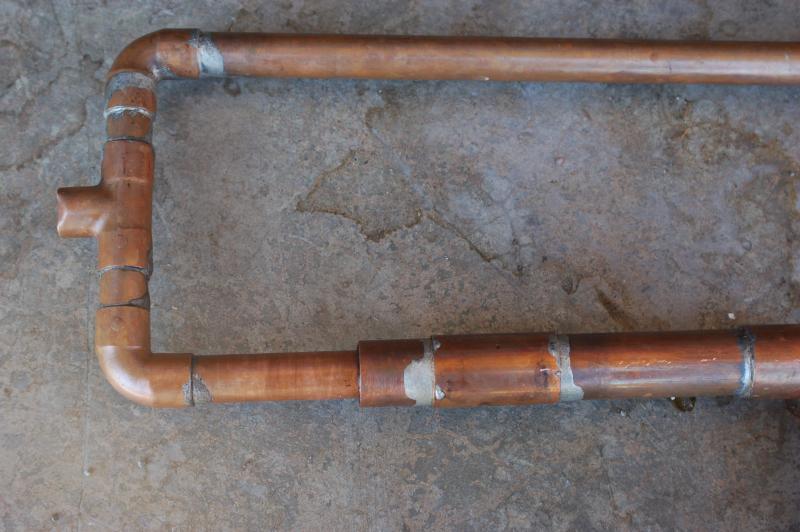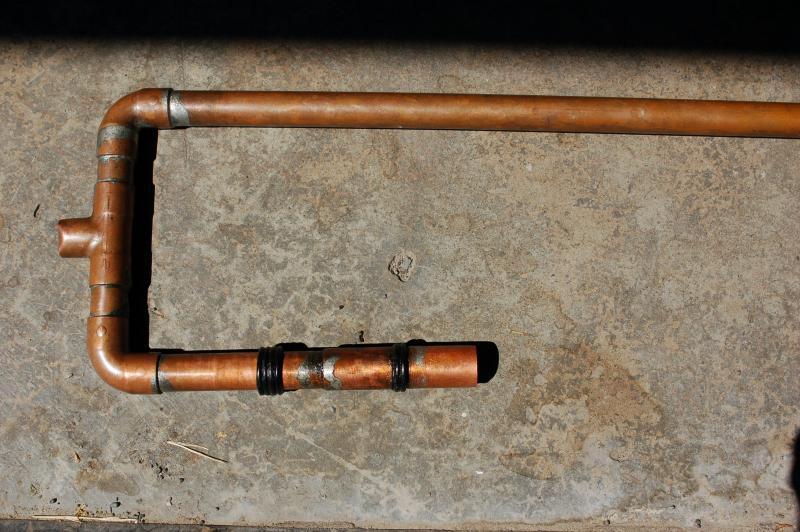So for people that don't use a grant, how do you prevent your pumps from compacting the grain bed on a single tier system? I am going to have a RIMS tube and I fear that without a grant i will compact the grain bed..
IME, the grain bed will gradually and inevitably compact in a mash tun when using a pump. I expect this to happen on my system. It's not a big deal at all. I simply turn off the burner, stop the pump, stir the grain bed thoroughly then resume the circulation or sparge. Usually this happens more than once during the mash. I normally stir the grain bed several times during the mash regardless, so the interruption is not even an inconvenience. IMO, stirring the mash often is beneficial and I would do it whether using a pump or not and with or without a grant. I circulate at a very high flow rate which accelerates the gradual compaction of the grain bed. I've found that you can use a spoon as a probe to locate the top of the submerged grain bed. As you observe the top drop lower you can anticipate the grain bed condition or degree of compaction.






![Craft A Brew - Safale S-04 Dry Yeast - Fermentis - English Ale Dry Yeast - For English and American Ales and Hard Apple Ciders - Ingredients for Home Brewing - Beer Making Supplies - [1 Pack]](https://m.media-amazon.com/images/I/41fVGNh6JfL._SL500_.jpg)






















































